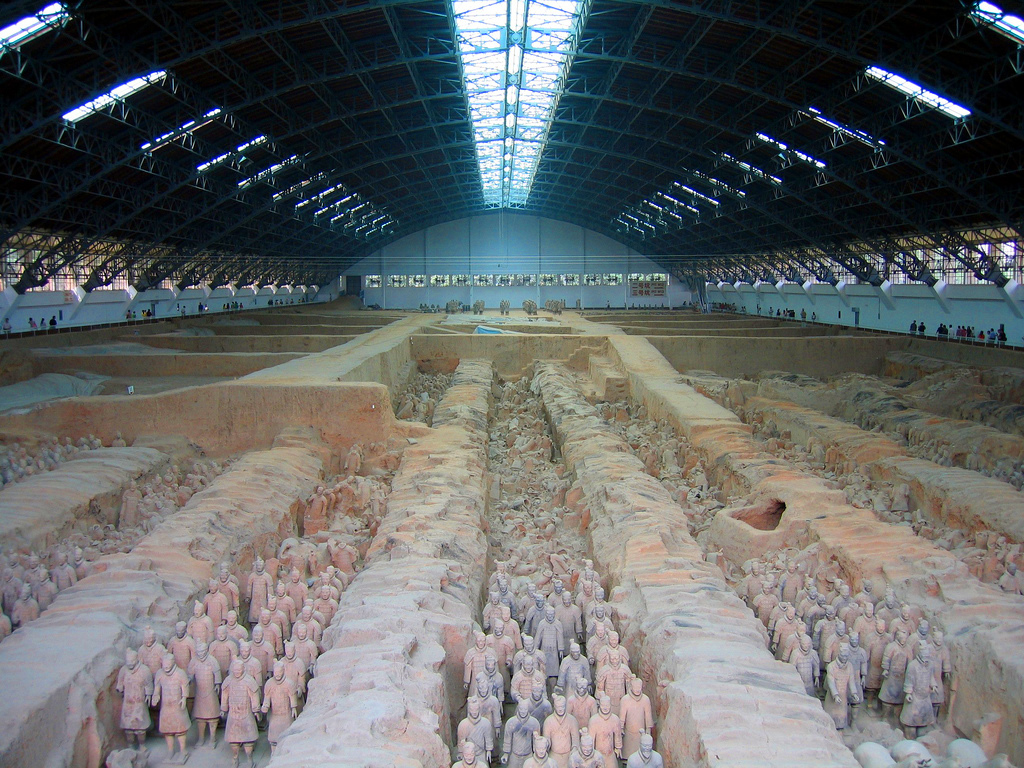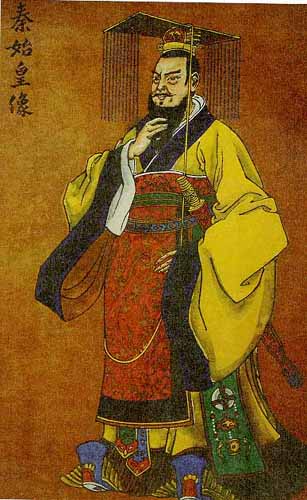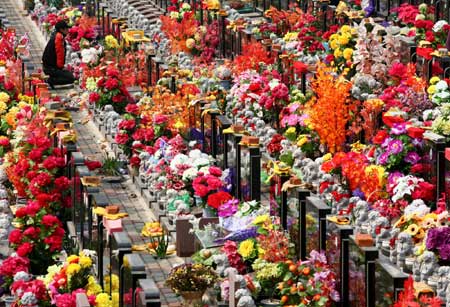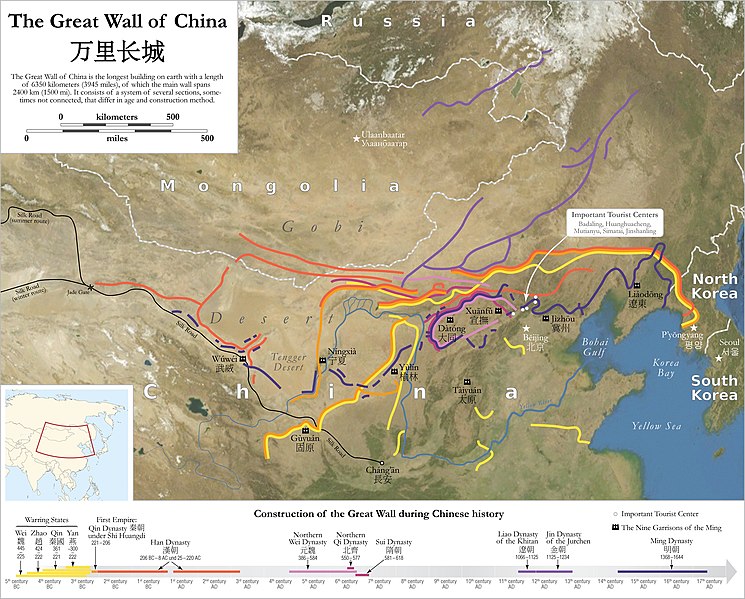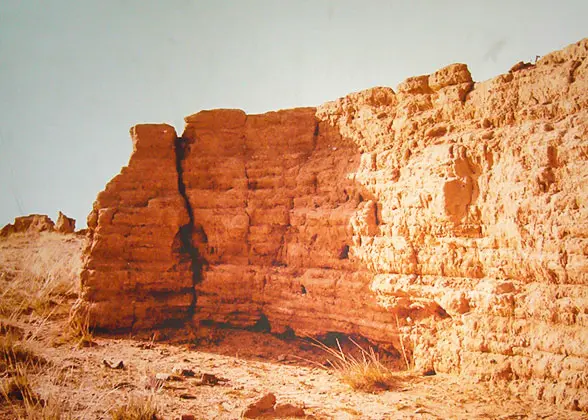Perhaps, I will continue writing this blog…but at the same time perhaps this will be my last post. As one final look at Chinese cultural for a while, I have to discuss one of the most important aspect – Language. When you define a cultural, you usually define it through the language the people speak. Since I was only one when I came to the United States, my Chinese speaking and reading ability is very low. My parents, trying to learn English themselves, enforced English in the household. Looking back on it now, I wish I was more fluent than I am. My mom has been trying to teach my little cousin Chinese by having her watching shows like Mickey Mouse in Chinese. But within China, there are many types of dialects. The dialect my parents speak is Mandarin, which is sometimes coined as the “standard dialect”
History of Mandarin
Mandarin is actually a collected group of related – dialect. While there are other dialects such as Shanghainese, Cantonese, etc… Mandarin refers to Standard Chinese and is the official spoken language for the PRC (China). Unless they speak standard Chinese, most will refer to their dialect by name. My father referred to his dialect of Mandarin as Hubeinese.
Mandarin and the other Chinese dialects derived from the dialects of Old Chinese and Middle Chinese. Old Mandarin developed after the fall of the Northern Song dynasty in the 12th century. It was based on the dialects of Northern China. There are evidence from the 14th century that show distinct Mandarin vocabulary and syntax, though there are still vocabulary that derives from further back (9th century).
While Mandarin was historically spoken in just the northern and southwestern China, but this would spread to other areas in the mid-20th century. Beijing Mandarin (Standard Chinese) became the basis to be used in education, media, etc, it is now spoken as a “second language” by most younger people.
There are quite a few different dialects:
Northeastern à spoken in northeast China, closely related to Standard Chinese
Beijing à basis of Standard Chinese
Ji Lu à spoken in Hebei and Shandong province, different tonations, but similarly vocabulary to Beijing Mandarin
Jiao Liao à spoken in Shandong and Liaodong province, very visible tonal changes compared to Beijing Mandarin
Zhongyuan à spoken in the Henan province, significance phonological differences
Lan Yin à spoken in Gansu province
Jiang hua à spoken in Jiangsu and Anhui province, intelligibility is limited with Beijing dialect
Southwestern à spoken in Hubei, Sichaun, Guizhou, and Yunnan province. Sharp phological, lexical, and tonal changes
| Mandarin Dialects in China |
The dialects that I just listed are only Mandarin dialects...there are many more other types of dialects, as well as more than 50 ethnic groups identified in China.


